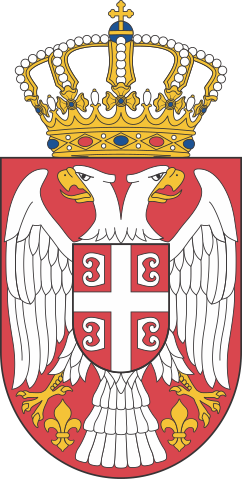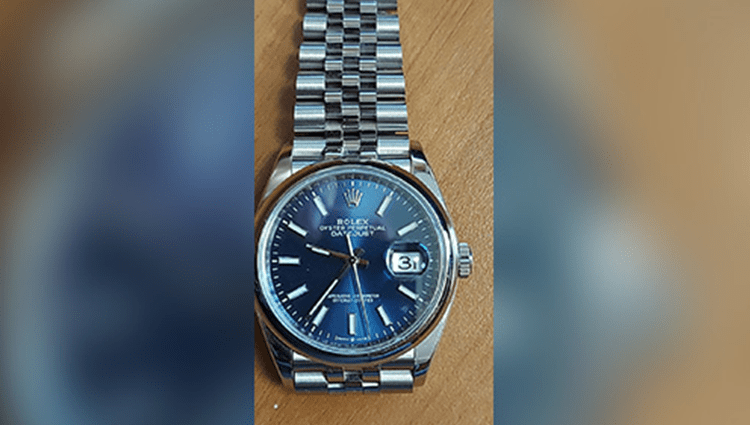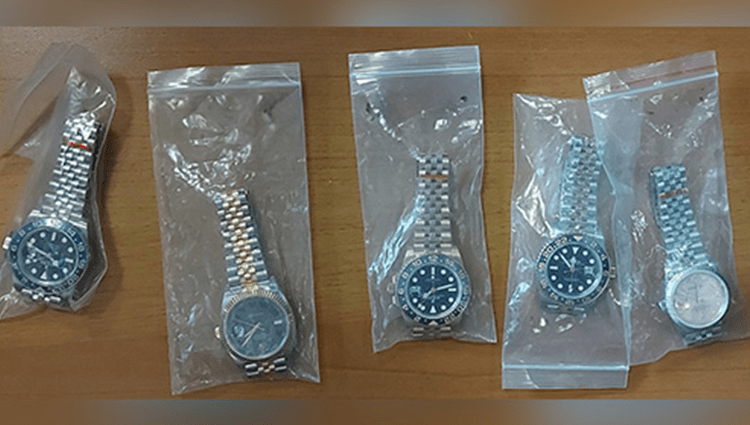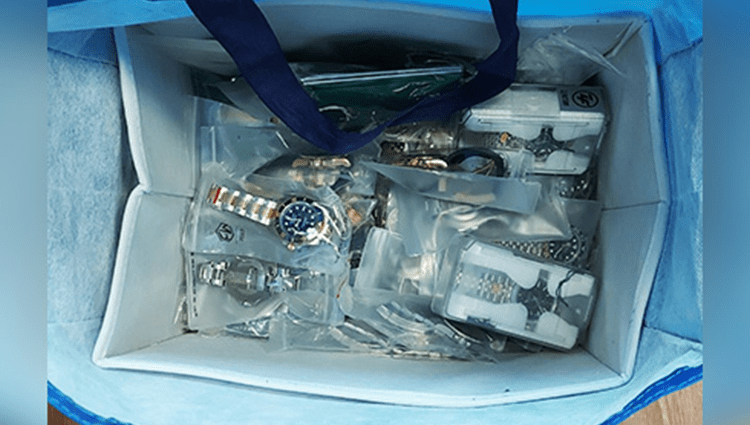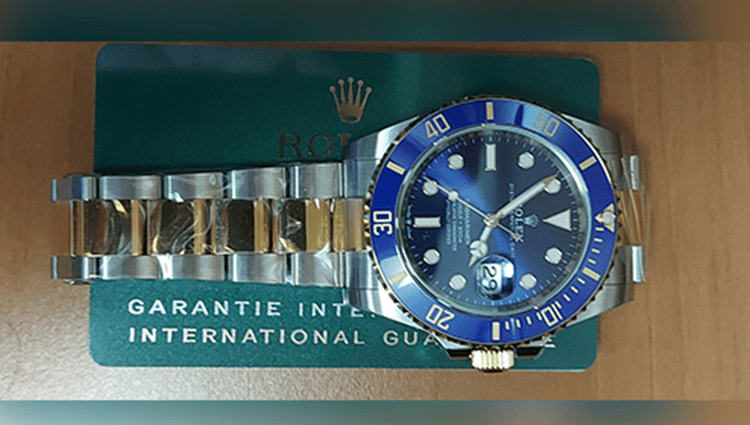
What does buying counterfeit luxury goods bring to customers?
Members of the Ministry of the Interior, Sector for Combating High Technology Crime of the Technical Directorate in cooperation with the Ministry of Internal and Foreign Trade – Sector of Market Inspection on the order of Special Department for combating High Technology Crime of the High Public Prosecutor’s Office in Belgrade, in the month of April 2025, during the search of the apartment found and temporarily seized 57 counterfeited watches the value of which is estimated at approximately 3,363,000 dinars.
On that occasion, three mobile telephones have been confiscated as well as the tablet and computer from which the suspect advertised the sale of the forged watches. Against those people the criminal charges shall be filed because of the existence of the well-grounded suspicion that they performed the criminal act of illegal use of other person’s business name and other special marks of goods or services.
From the mentioned case, it can be concluded that the counterfeited luxury goods on the illegal market often have the price that is neither low nor affordable to the broader population. In this case, the average price of the watch was around 500 euros. The question arises – what did the seller want to achieve by setting such a price?
The forged goods of well-known brands, such as Rolex, are not marketed exclusively based on low prices. It is often advertised on the internet or offered directly through personal recommendations while the price most often suggests the possibility that it may be authentic goods.
Two kinds of potential buyers are interested in this kind of offer.
The first group consists of those people who buy a forgery quite aware of that fact but with the desire to create the image in society of being a successful businessperson that may afford luxury goods, as such goods are a status symbol in certain circles.
The second group is represented by consumers that believe the goods to be original, but consider that, due to irregular channels of distribution, they can be available at considerably lower prices than in the authorized retail outlets – to express that in slang: they think it must be “stolen goods”, “goods fell out of the truck”, or such.
The counterfeited products of luxury brands rarely live up to expectations although they are often sold at the prices exceedingly manyfold their real value. It should be borne in mind that the quality of such products is questionable, so a logical question is posed: can the reduced price, not at all negligible, justify the lack of quality?
In addition, can genuine luxury goods maintain considerable value even when second-hand? In certain cases, such as with the watches bearing the Rolex trademark, the value of the secondhand piece can overcome the original purchase price paid when first bought, so for a certain number of consumers luxury goods bearing well-known trademarks are not only a status symbol but a form of investment. Contrary to that, counterfeited goods have no investment value because the resale is often complicated implying rigorous checkup of authenticity and the necessity of proving regular maintenance and servicing by the authorized persons.
We advise consumers to be cautious and not to let the tempting price of luxury goods on the illegal market lead them to purchase goods lacking quality and real value.
There are several simple ways to protect oneself from buying counterfeited goods.
- Buy goods exclusively from authorized sellers or through official websites.
- Get information about the actual value and regular prices of the specific goods. If something is offered at a lower price than the usual one, there is a considerable probability that it must be a forgery.
- Check data about the retailer, terms of sale and policy of returning goods.
Make a smart choice – choose original products.
Note on copyright:
Photos used in this news item are published with the consent of the Ministry of the Internal Affairs.
